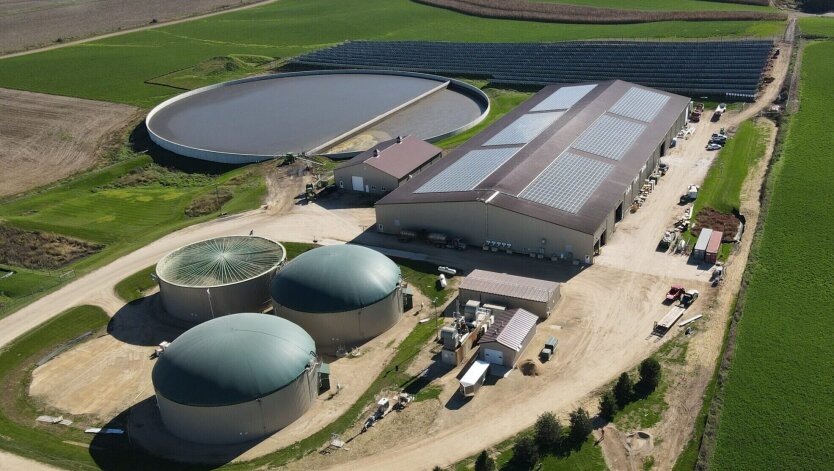Denmark invests $600 million in protection against Russian maritime threats.


Denmark plans to spend over 4 billion kroner on the construction and purchase of 26 naval vessels. They will be used for patrolling, responding to oil spills, and monitoring underwater cables. This was reported by Defense Minister Troels Lund Poulsen.
Following incidents involving power cables, telecommunications networks, and pipelines that occurred after Russia's invasion of Ukraine in 2022, countries bordering the Baltic Sea have increased their readiness. In particular, they have identified the problem of the 'shadow fleet' - vessels that Russia uses to bypass sanctions in transporting oil, weapons, and grain.
'The threats we face at sea have become different and much more serious than a few years ago. We need to respond to the threats posed by Russia, as well as to rapid technological advancements,' noted Poulsen.
The minister also added that they are initiating several urgent purchases. This is the first step towards ensuring Denmark's maritime defense against a wide range of threats.
Denmark has allocated 190 billion kroner for military needs over the next 10 years after reducing defense spending.
Denmark's main task is to protect underwater cables and pipelines for the production and transportation of energy, as well as to enhance security in the maritime environment.
In addition to vessels, Denmark will acquire drones and sonar systems to detect and monitor unwanted underwater activity.
Many of these vessels are planned to be built in Denmark with the participation of NATO allies.
Read also
- Pensioners lose thousands of hryvnias: Ukrainians do not know about benefits for transportation, utilities, and taxes
- Zelensky plans to discuss defense package purchase in the USA with Trump
- Politico learned when Trump may hit Russia with sanctions
- Austria to Expand Support for Ukraine: What Zelensky and Van der Bellen Agreed Upon in Vienna
- Ukrainian biomethane can become part of the new architecture of energy security in Europe
- The Demining Center tests an effective scheme for large agricultural plots










